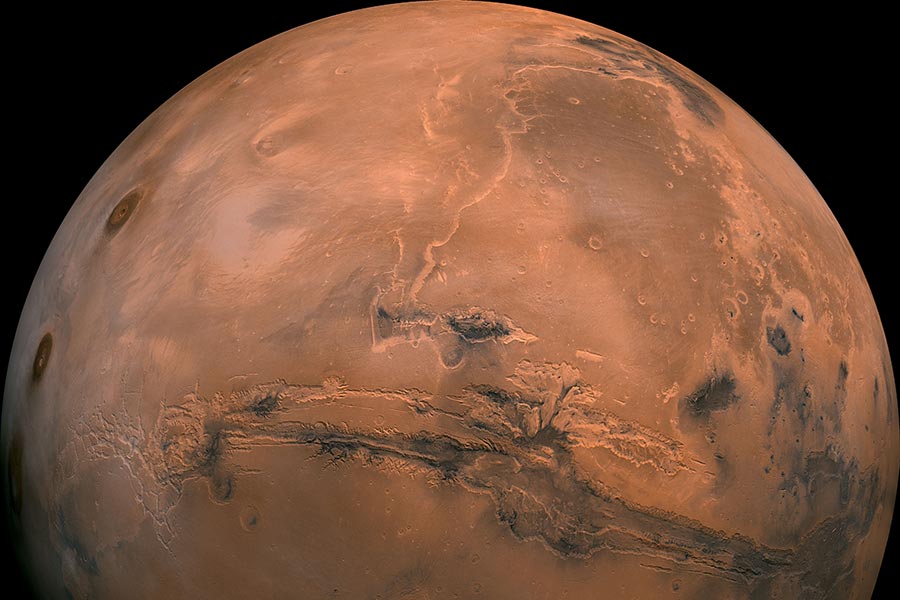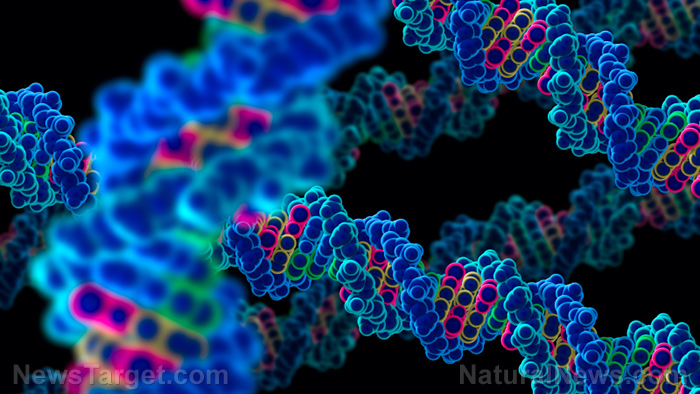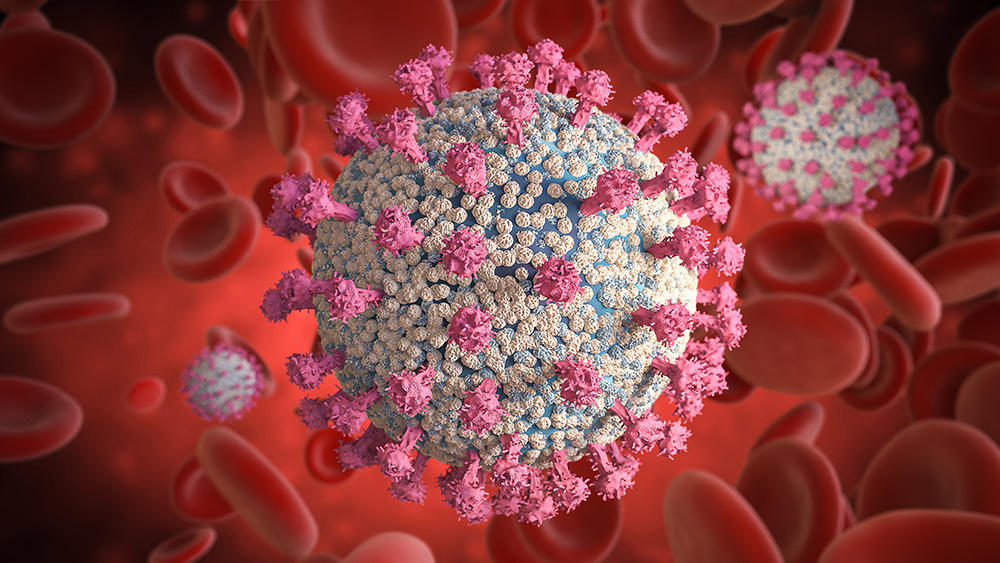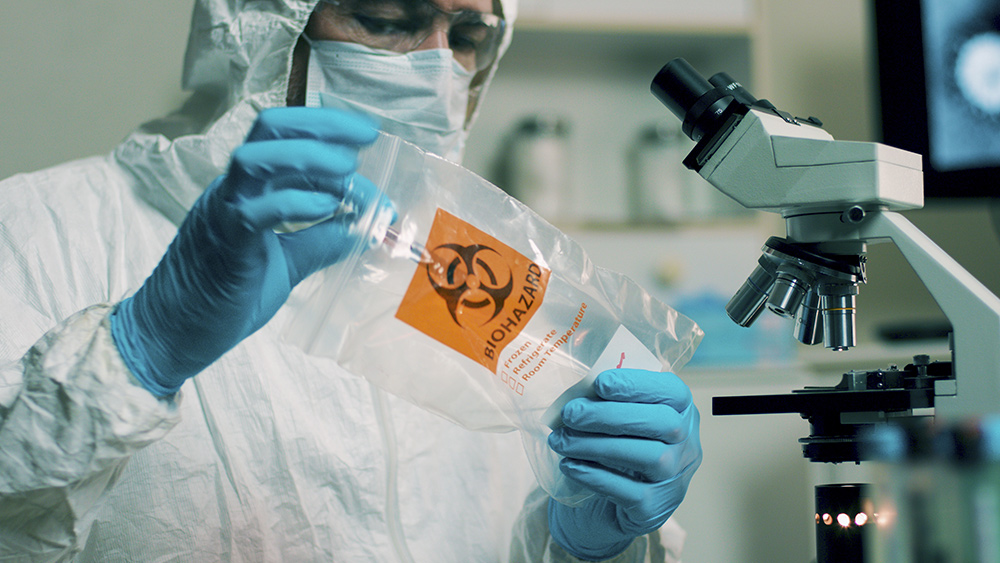Scientists make stunning discovery that reveals Mars can support life
10/03/2022 / By JD Heyes

Scientists and astronomers looking for any way to sustain life on any of the planets nearest to Earth have made a new stunning discovery regarding Mars.
According to the UK’s Daily Mail, scientists believe they have discovered new evidence that liquified water may be under the surface of the red planet.
“The University of Cambridge-led study provides the first independent evidence that uses data other than radar that there’s liquid water beneath Mars’ south polar ice cap,” the outlet reported, adding that if true, it’s very possible that the planet once supported some forms of life.
Notes Dr. Frances Butcher, the second author of the University of Sheffield research effort, in a statement: “This study gives the best indication yet that there is liquid water on Mars today because it means that two of the key pieces of evidence we would look for when searching for subglacial lakes on Earth have now been found on Mars.”
“Liquid water is an essential ingredient for life, although it does not necessarily mean that life exists on Mars,” she noted further in a statement.
“In order to be liquid at such cold temperatures, the water beneath the south pole might need to be really salty, which would make it difficult for any microbial life to inhabit it,” her statement continued. “However, it does give hope that there were more habitable environments in the past when the climate was less unforgiving.”
DailyMail.com noted further that the international research team, which was also staffed by scientists from the University of Nantes and University College Dublin, employed spacecraft laser-altimeter measurements of the makeup of the upper ice cap surface in order to find subtle height patterns.
The outlet reported further:
They then showed that these patterns match computer model predictions for how a body of water beneath the ice cap would affect the surface.
Mars has thick water ice caps at both of its poles, like Earth, which are roughly equivalent in combined volume to the Greenland Ice Sheet.
However, unlike Earth’s ice sheets, which have large subglacial lakes and water channels beneath them, Mars’ polar ice caps have been thought to be frozen solid all the way to their bedrock due to the Red Planet’s frigid climate.
Temperatures on Mars average a bone-chilling -81 degrees Fahrenheit but can drop as low as -220 degrees Fahrenheit in winter at the poles.
This most recent research, which was published last week in the journal Nature Astronomy, coincides with previous findings using ice-penetrating radar that were originally believed to have displayed an area that potentially holds water beneath the ice.
“The combination of the new topographic evidence, our computer model results and the radar data make it much more likely that at least one area of subglacial liquid water exists on Mars today, and that Mars must still be geothermally active in order to keep the water beneath the ice cap liquid,” explained Prof. Neil Arnold of the Cambridge Scott Polar Research Institute, who led the research team.
The researchers used several techniques in order to come up with their findings, including NASA’s Mars Global Surveyor satellite, DailyMail.com reported.
“The quality of data coming back from Mars, from orbital satellites as well as from the landers, is such that we can use it to answer really difficult questions about conditions on, and even under the planet’s surface, using the same techniques we also use on Earth,” Arnold added.
SpaceX and Tesla founder and CEO Elon Musk has often said he believes someday in the not-too-distant future his company will be capable of sending humans to Mars.
“It’s something we can do in our lifetimes,” he told an audience of 100,000 viewers at the International Astronautical Congress in Guadalajara, Mexico, in 2016. “You could go.”
He has also said he has a target date of 2029.
Sources include:
Submit a correction >>
Tagged Under:
breakthrough, cosmos, discovery, Elon Musk, future tech, Mars, red planet, research, Researchers, Space, support life, water, Water Wars
This article may contain statements that reflect the opinion of the author
RECENT NEWS & ARTICLES
COPYRIGHT © 2017 RESEARCH NEWS




















